She is a Computer Science Engineer (University of Pablo de Olavide, 2016) and she has a Master in Computer Science Engineer (University of Pablo de Olavide, 2018).
She works full-time at the private company easytosee AgTech SL, since 2016. She is responsible for automation and standardization of processes. In addition, she is doing his Ph.D as a part-time student.
Her research lines include on big data and streaming, and her work in the company focuses on Maching Learning and Artificial Intelligence.
Publications
2023 |
Streaming big time series forecasting based on nearest similar patterns with application to energy consumption Journal Article In: Logic Journal of the IGPL, vol. 31, no. 2, pp. 255-270, 2023. |
2022 |
A new hybrid method for predicting univariate and multivariate time series based on pattern forecasting Journal Article In: Information Sciences, vol. 586, pp. 611–627, 2022. |
2020 |
A New Forecasting Algorithm Based on Neighbors for Streaming Electricity Time Series Conference HAIS 15th International Conference on Hybrid Artificial Intelligence Systems, Lecture Notes in Computer Science 2020. |


